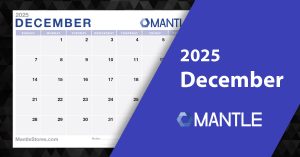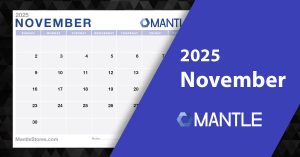Decoding Online Engagement Data
In the digital age, a game store’s online presence is just as important as its physical one. Online engagement data encompasses a wide array of metrics, including website traffic (the number of visitors to your site), product views (how often each product is viewed), social media interactions (likes, shares, comments), and online customer behaviors (how customers navigate your site). This data offers a window into how potential and existing customers interact with your store in the digital world.
The Why: Understanding Your Digital Audience
The significance of online engagement data lies in its capacity to provide insights into your online presence and marketing strategies. It helps you gauge the visibility and appeal of your website and social media channels. For any retailer, or those with a significant online component, this data is crucial for understanding what drives customer engagement and conversions. Sometimes these strategies aren’t exactly about the ROI (return on investment) but to build your brand and become the leader in your space. Sales and marketing are different and need to be treated as such. Looking at your online engagements can lead to sales and it could also lead to building brand loyalty. While someone may not be looking for a game today, having a positive online presence can lead to a future sale.
Actionable Insights
Website Optimization: Analyze website traffic and user behavior to understand how customers interact with your site. Identify the most visited pages and optimize them for better engagement and conversion. For instance, if certain product pages have high traffic but low sales, consider revising their layout or content, try and look at your own website and pages. Ask someone who isn’t directly involved with your website to place an order. Ask for feedback from them, we covered a little bit about feedback in [LINK TO Exploring Customer Data] here. While you may know the in and out of your website, a prospective customer may not. The search may be broken, payments not working, or something else preventing an easy sale. With online, it only takes one maybe two things and off to the next website to find the products they want.
You will also want to look at the ease of information on your website. Is all of the information up to date? Event schedule easy to view from a phone? If you offer a pre-registration, is it easy to go directly from the event to check out? Take the time to look over and make sure your links are correct.
Content Strategy Development: Use data from product views and social media interactions to tailor your content strategy. Highlight popular products in your blog posts, social media, and email newsletters. Create content that resonates with your audience’s interests. We are hopefully doing that here by offering interesting help to you and your business with our content.
Social Media Engagement: Monitor your social media channels to understand what types of posts garner the most engagement. Use this information to shape your social media strategy, focusing on content that drives interaction and sharing. Experiment with different times and delivery of messaging to see what works best for you and your audience. Things like meme’s most likely work better than a straight sales post.
Email Marketing Tailoring: Segment your email list based on customer behavior and preferences. Send targeted emails with personalized product recommendations, special offers, or location if you have multiple locations. In today’s age, people are bombarded with advertisements. If they love your brand and products, they will be more likely to open your email. Be sure to not overwhelm and to send relevant information.
Customer Service Enhancement: Today, customers use things like Facebook, X, and even Instagram to look for customer service help. Monitoring your social media and engagements will help search out a potential problem with your process. If a delivery of a product was missed or a wrong product sent. Customers today tend to add a comment on your social media looking for help.
Ad Campaigns Refinement: Utilize online engagement data to refine your digital advertising campaigns. Target your ads based on customer interests and behaviors to increase their relevance and effectiveness. If going with paid ads, it may make sense to target everyone but that is too broad. Look to make smaller groups of ads that are more personalized. Having an ad say, “Hello Main Street!” and the next ad says, “Hello Park Ave!” with appropriate targeting will resonate with your target audience, thus converting more clicks and hopefully increasing sales.
SEO Enhancement: Leverage data from website traffic and search queries to improve your Search Engine Optimization (SEO) strategies. Focus on keywords and topics that are most likely to attract your target audience to your site. There are plenty of third party businesses offering SEO help and work. Using Google, you can find a lot of information about SEO, how it works and what you need. I’ll publish an entire article about SEO later. Using Trends at Google is a helpful looking at what is ranking but isn’t the only factor in SEO.
Conclusion
In summary, online engagement data is not just about numbers; it’s about understanding the digital behavior of your audience and using those insights to create a more compelling and user-friendly online experience. By effectively leveraging this data, you can enhance your online visibility, engage more deeply with your audience, and drive more traffic and sales. In the competitive world of game retailing, a strong digital footprint is a key to capturing and retaining the attention of gamers in the digital realm.






